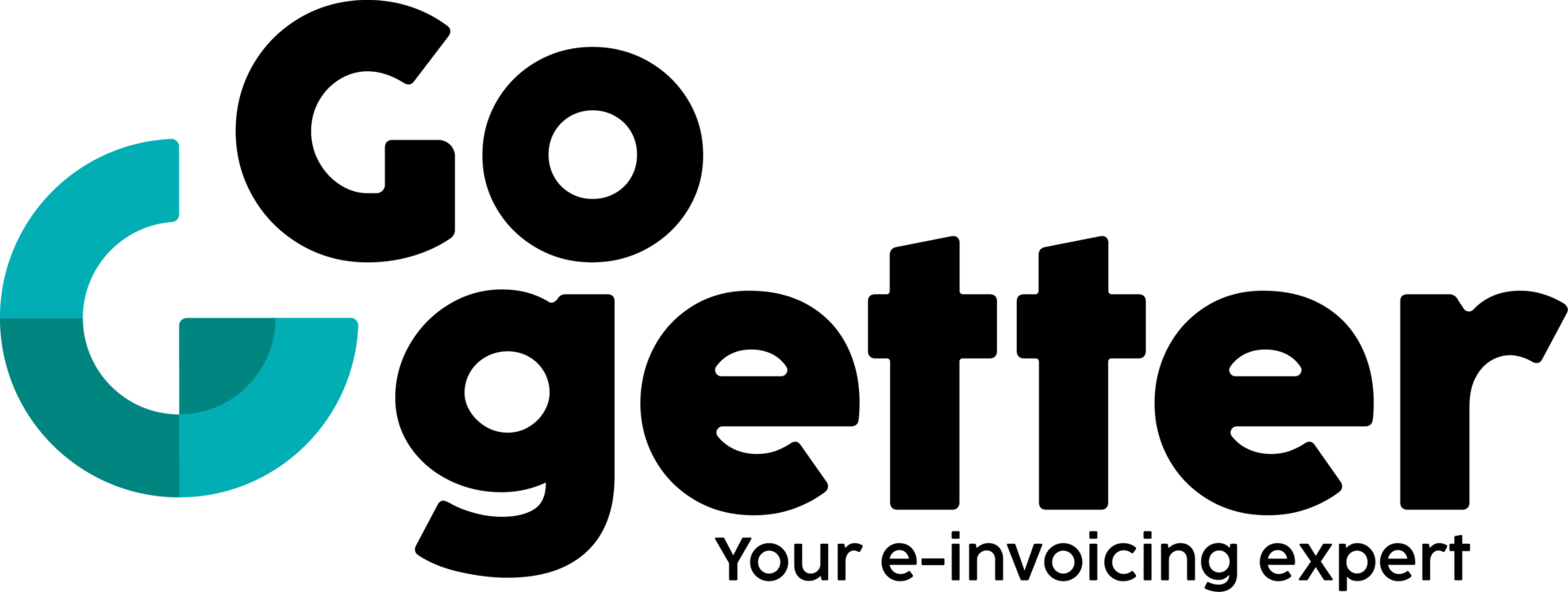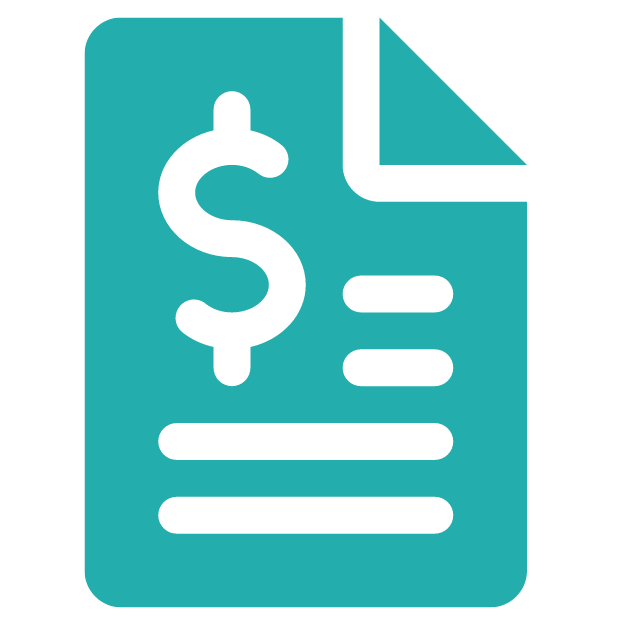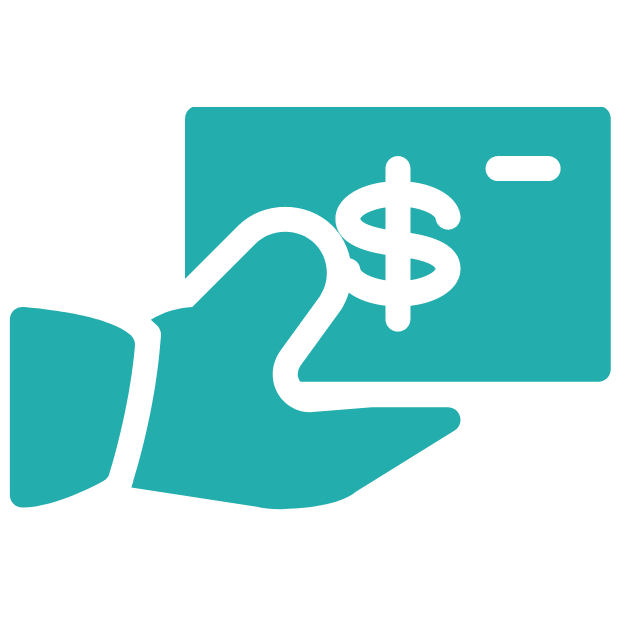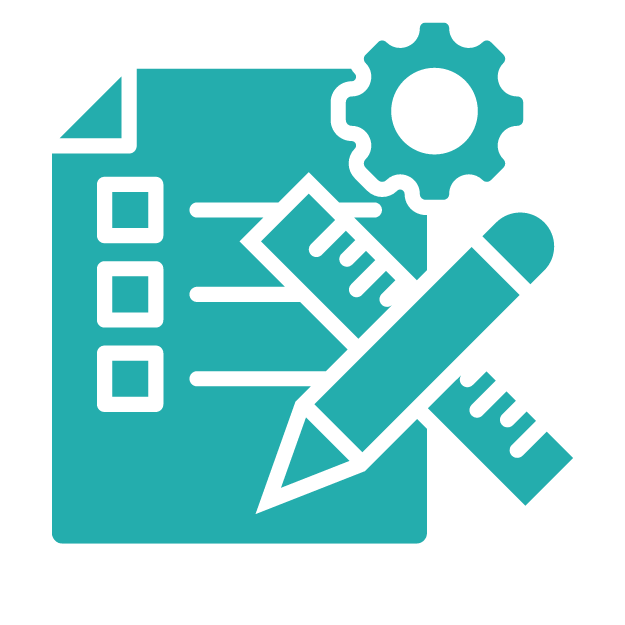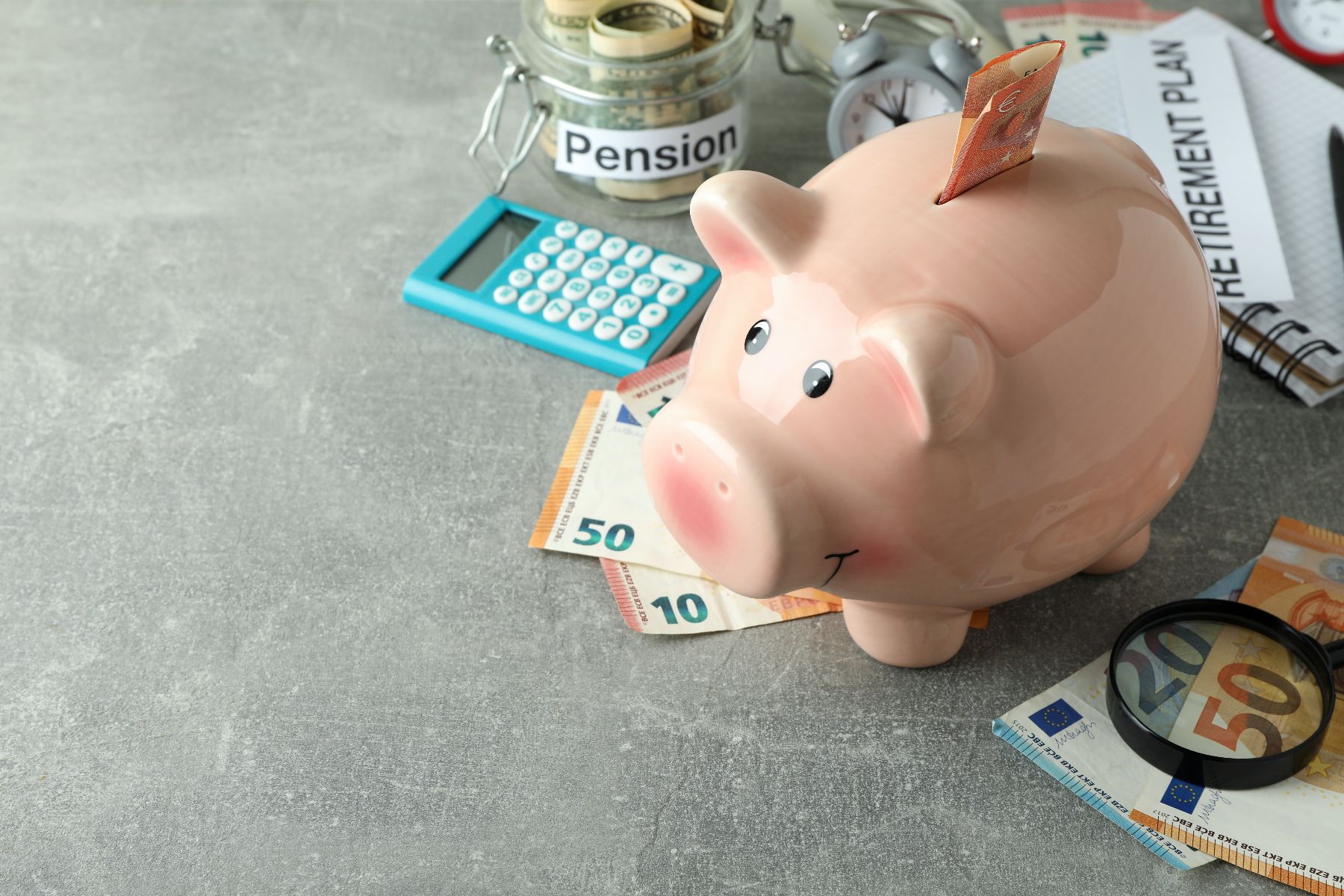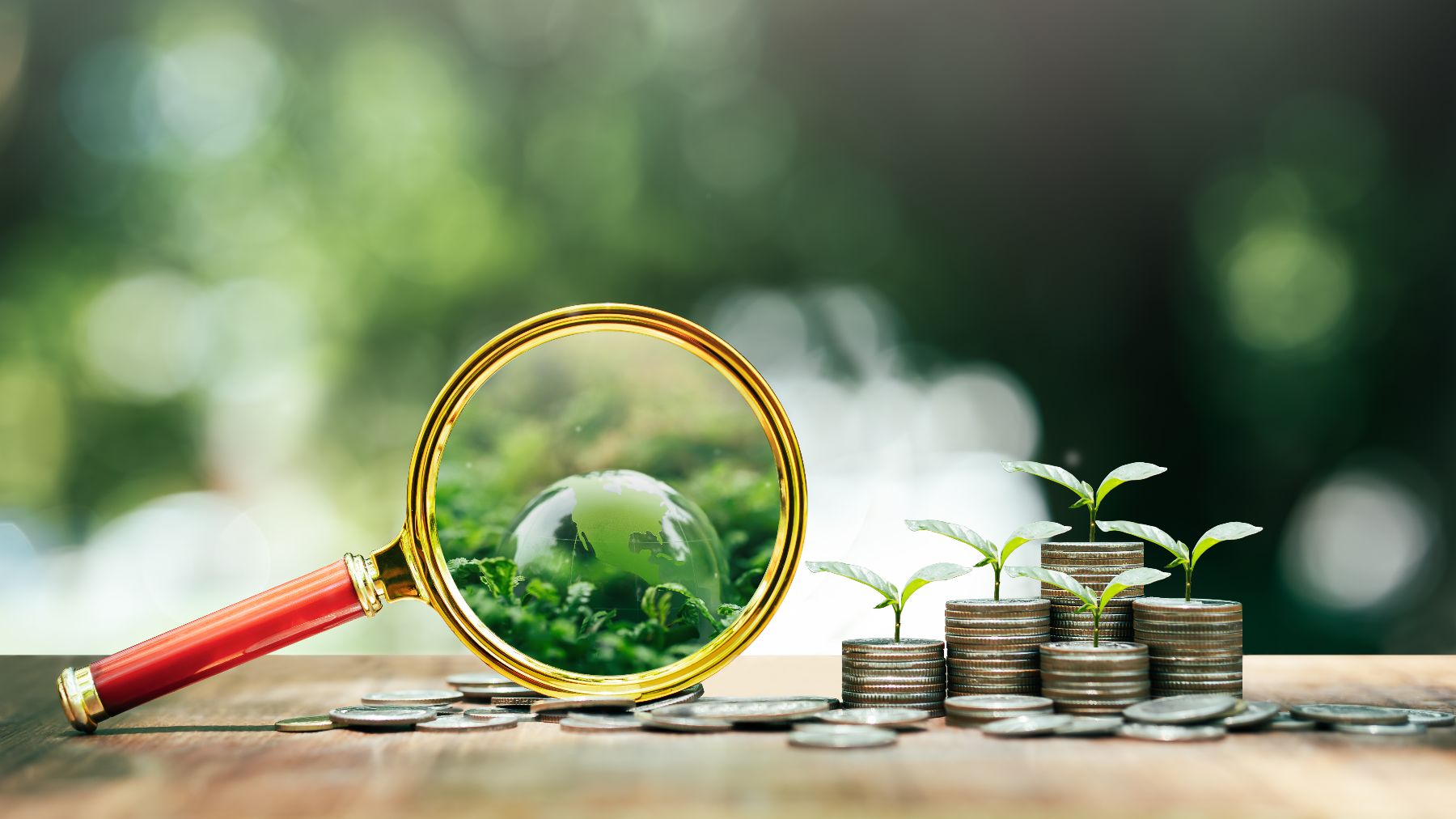Handling international purchases correctly is a challenge for many entrepreneurs, especially when it comes to VAT rules. Whether you are doing business inside or outside the European Union (EU), it is essential to be fully aware of the VAT rules. In this guide, we explore key aspects of VAT regulations and teach you how to properly handle your next international purchase.
Business purchases within the EU
The rule: reverse-charge of VAT
When purchasing business services or goods from an EU country, the VAT reverse-charge mechanism often applies. In this case, the seller itself does not charge VAT, and it is your job to declare and handle the VAT in your own Belgian VAT declaration.
Exceptions to reverse-charge of VAT
There are a number of specific services for which you do pay VAT, valid in the seller’s country. These include services related to real estate, events, transportation, and hospitality.
What does “reverse-charged VAT” mean?
Simply put, it means that the foreign supplier transfers the VAT obligation to you. So he charges you 0% VAT. It is then up to you to calculate and indicate in your VAT return how much VAT applies to your purchase in your country. Then you can deduct this VAT again.
Business purchases outside the EU
VAT when importing services from outside the EU
For services from outside the EU, the same VAT reverse-charge mechanism generally applies as for services within the EU. So the supplier does not charge you VAT, but you still have to calculate and declare this yourself in your VAT return.
VAT on importing goods from outside the EU
If you, as an entrepreneur, import goods from countries outside the EU, VAT is calculated based on the rate that applies in the EU country where the goods enter the Union. This is usually the country where the initial customs declaration is made. Once the goods enter the EU, you must file a VAT return in that country. Here you declare the value of the goods, customs duties and other relevant costs. Based on this, the amount of VAT you owe is calculated.
After submitting the VAT declaration, you must pay the calculated VAT to the tax authorities of the importing country. In many cases, you can later offset the paid import-VAT in your own VAT declaration in Belgium. This means that you can later deduct the VAT you paid upon importation as input tax. This can result in a refund or a lower VAT payment in Belgium.
Focal points with foreign purchases
- Always provide your VAT number to avoid unjustified foreign VAT charges.
- If you are exempt from VAT, inform the supplier about this.
- In case of an incorrect invoice, it is crucial to request a correction from the supplier. After all, it is not possible to reclaim incorrectly paid VAT through your VAT return.
- Whether for services or goods, you can offset the VAT paid in your own VAT return. Keep a clear record of all transactions.
Conclusion
International VAT rules are complicated, but with the right knowledge and guidance, you can avoid mistakes. When in doubt, always involve an expert, such as a specialized accountant. They can help you ensure that all your international business transactions meet all legal requirements, so you don’t have to worry and can focus on building your business!
Looking for a specialized account to support you in all your transactions? Contact us, and we’ll connect you with a partner accountant.
